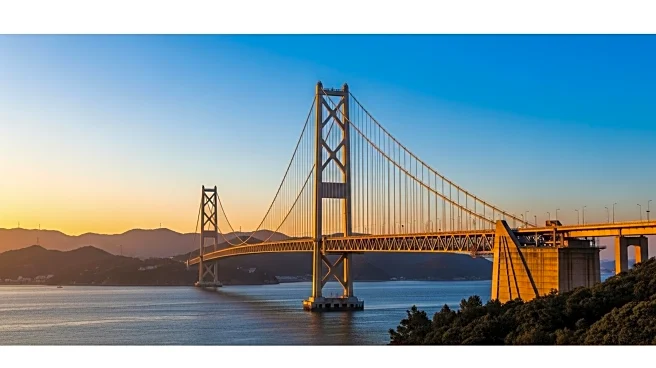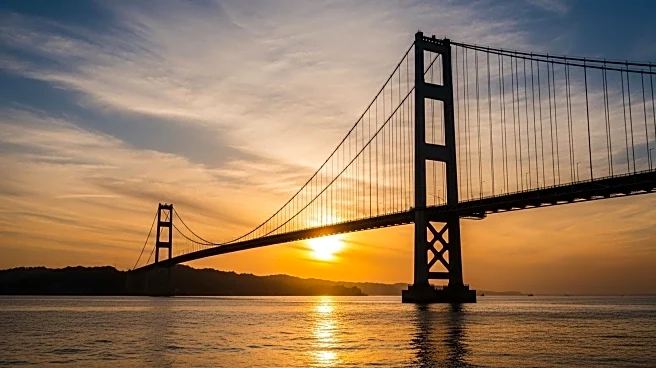The Golden Gate Bridge stands as a testament to human ingenuity and engineering prowess. Since its opening in 1937, it has become an iconic symbol of San Francisco and California, recognized globally for its stunning Art Deco design and impressive suspension structure. Spanning the Golden Gate strait, this bridge connects San Francisco to Marin County, carrying both vehicular and pedestrian traffic. Its legacy is not only in its architectural beauty but also in its role as a vital transportation link and cultural landmark.
Scope of Legacy
The Golden Gate Bridge's legacy extends beyond its function as a transportation link. It is celebrated as one of the Wonders of the Modern World by the American Society of Civil Engineers, highlighting its significance in engineering history. The bridge's Art Deco design and vibrant International Orange color have made it a beloved symbol of San Francisco, attracting millions of visitors annually.
Pivotal Contributions
The bridge's construction marked a pivotal moment in engineering, showcasing advancements in suspension bridge design. It was the longest suspension bridge in the world at its completion, setting a precedent for future projects. Its ability to withstand harsh weather conditions and seismic activity has contributed to its enduring presence.
Enduring Influence
The Golden Gate Bridge has influenced bridge design worldwide, inspiring engineers and architects with its innovative use of materials and design principles. Its cultural impact is evident in its frequent appearances in films, literature, and art, solidifying its status as a global icon.
U.S. Relevance
In the U.S., the Golden Gate Bridge is more than a transportation structure; it is a symbol of American resilience and innovation. It represents the country's ability to overcome engineering challenges and create lasting landmarks that define the nation's landscape.
 Discover Daily • 8 min read
Discover Daily • 8 min read 











